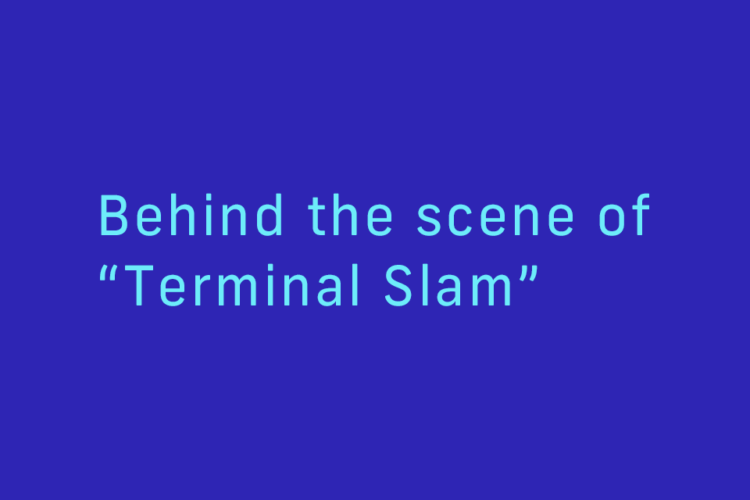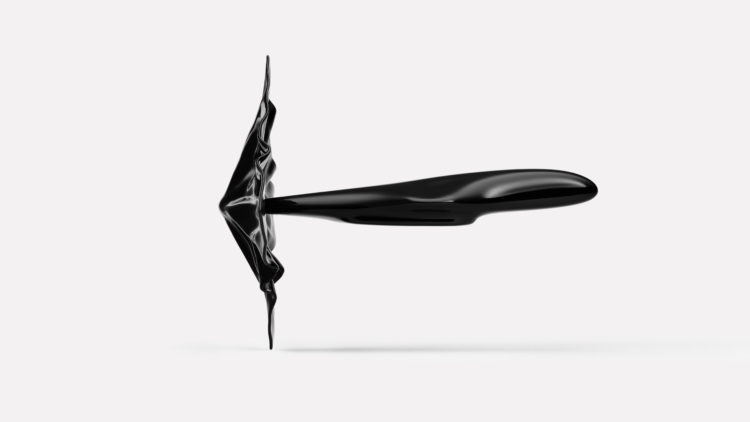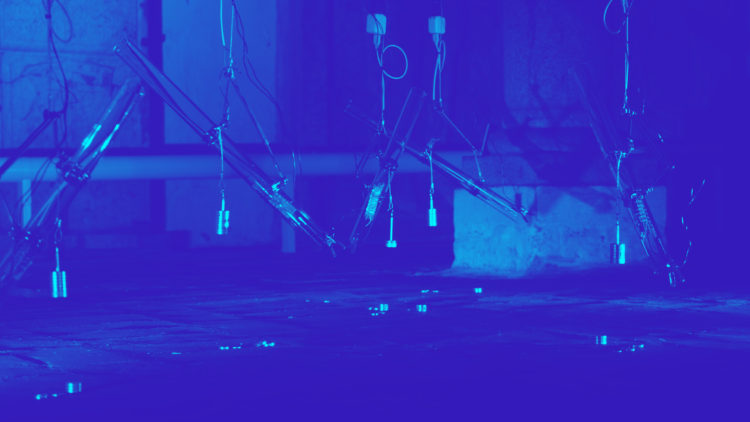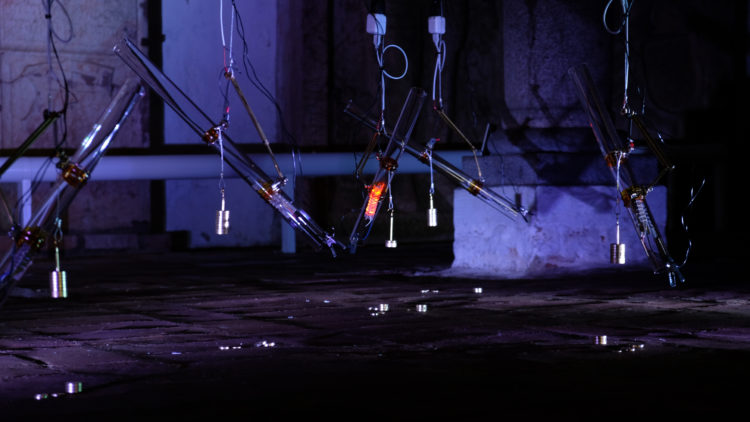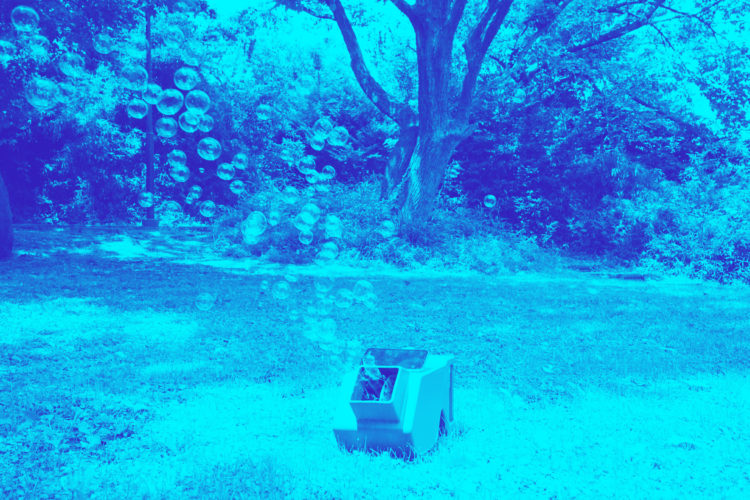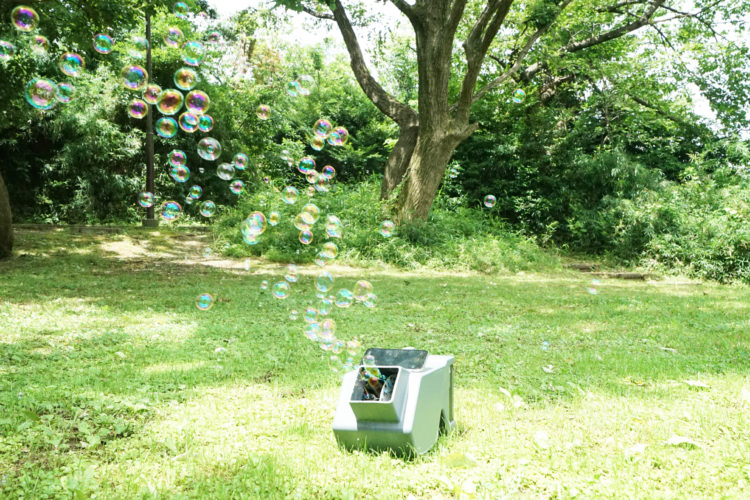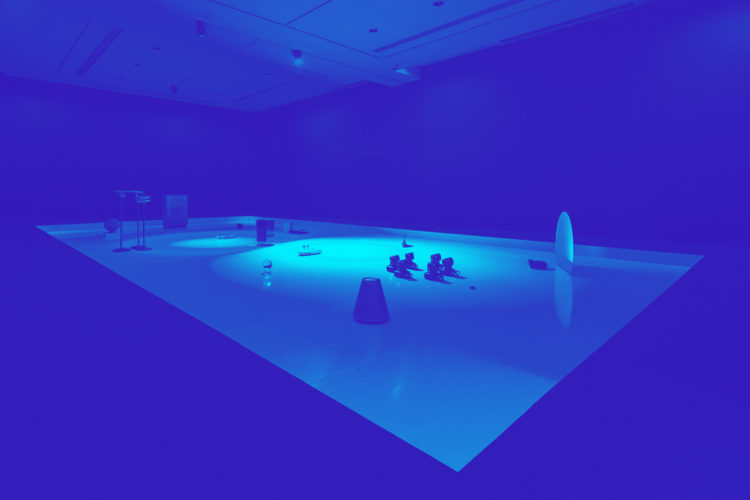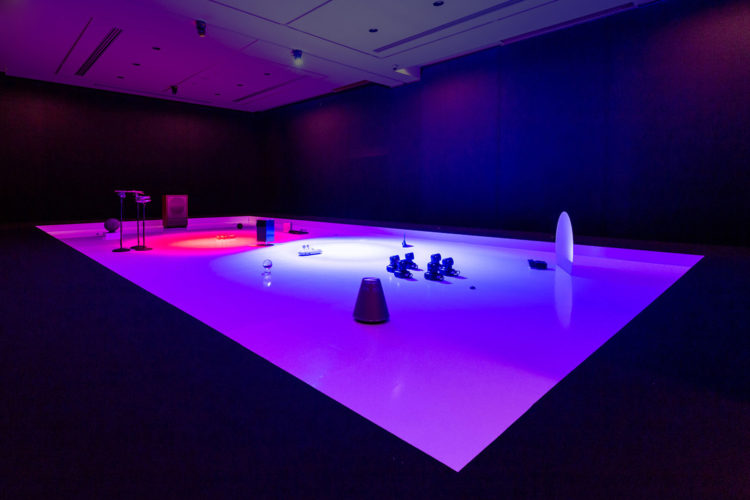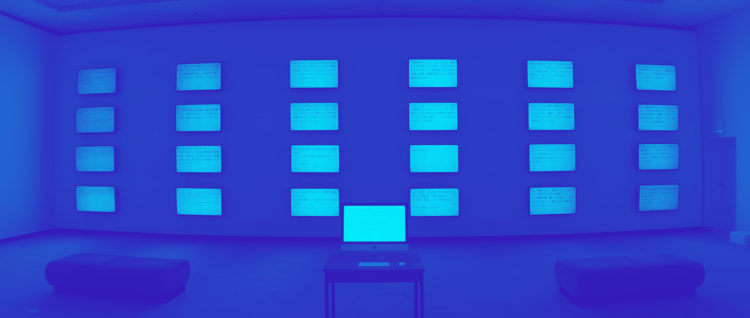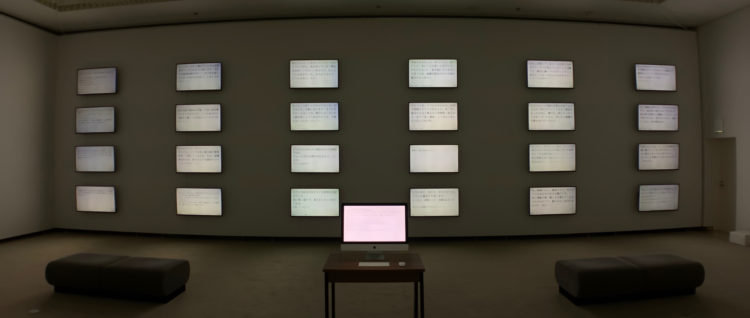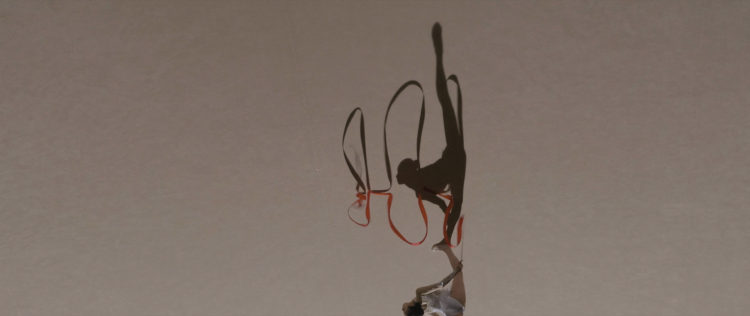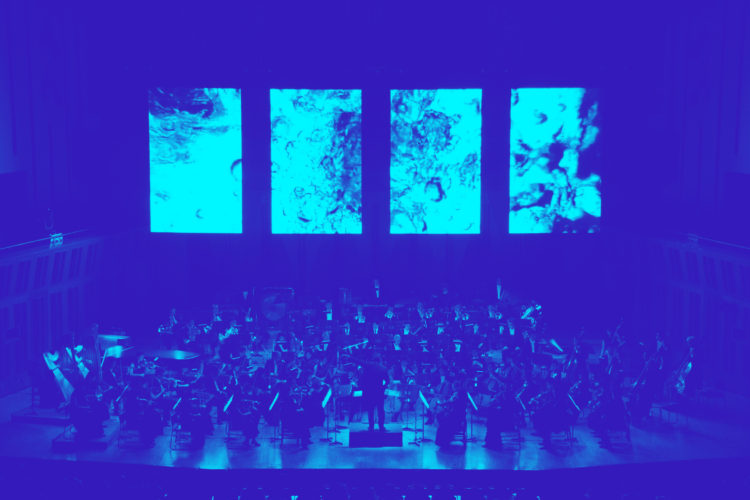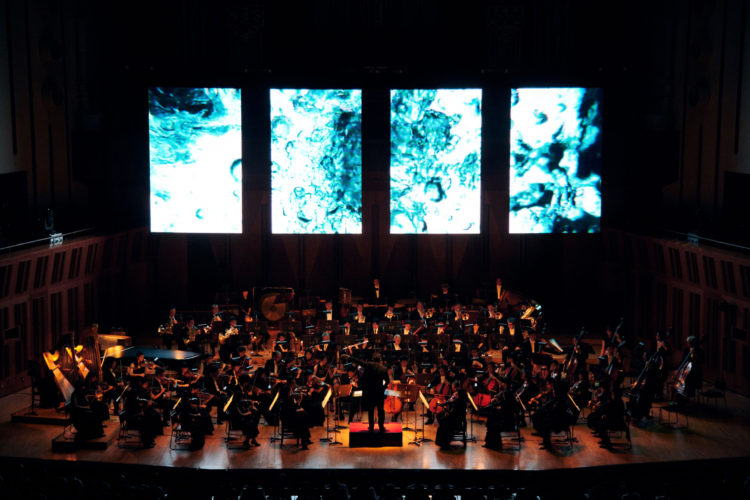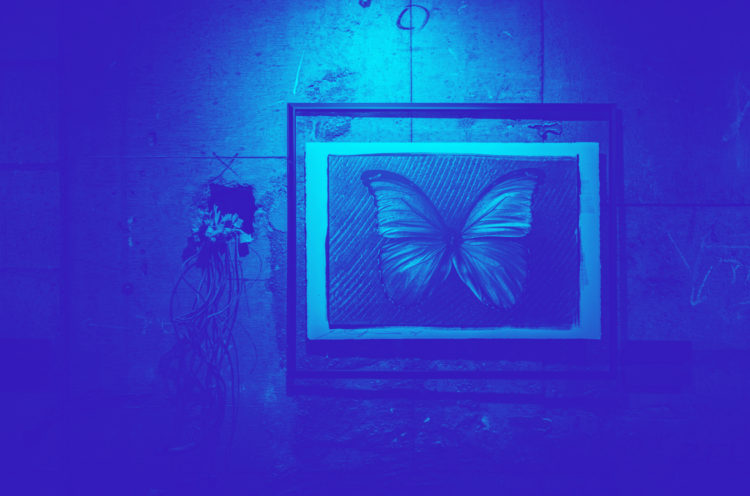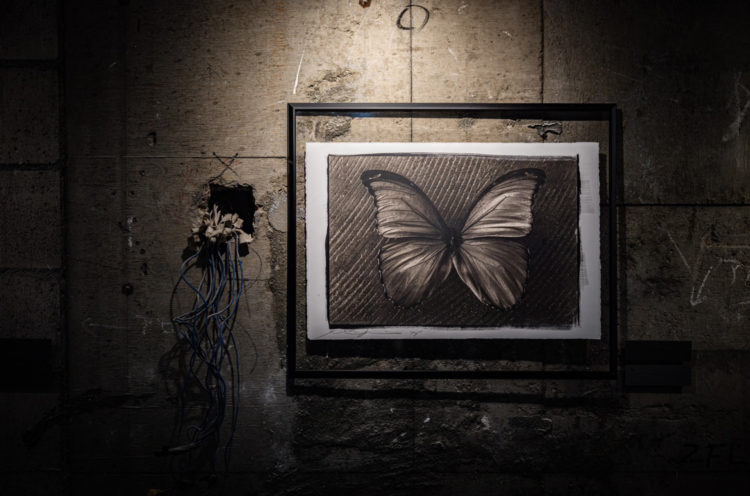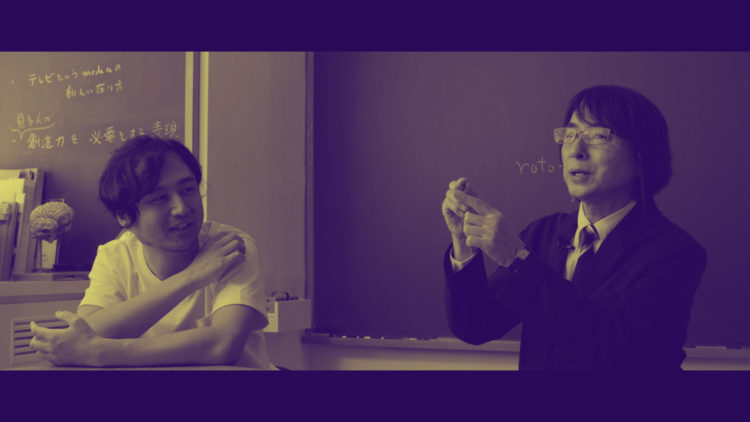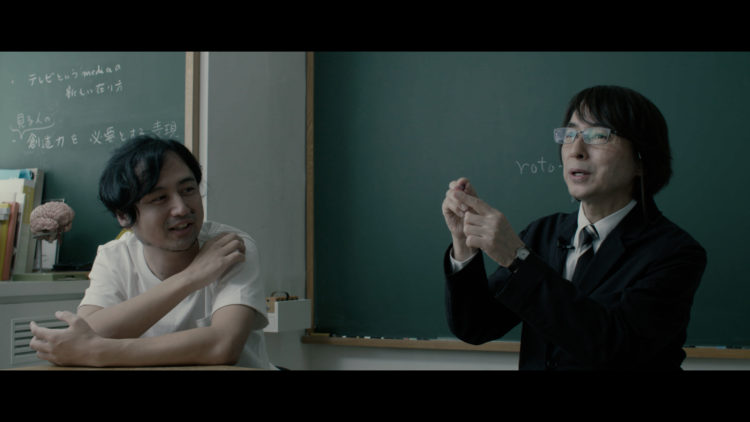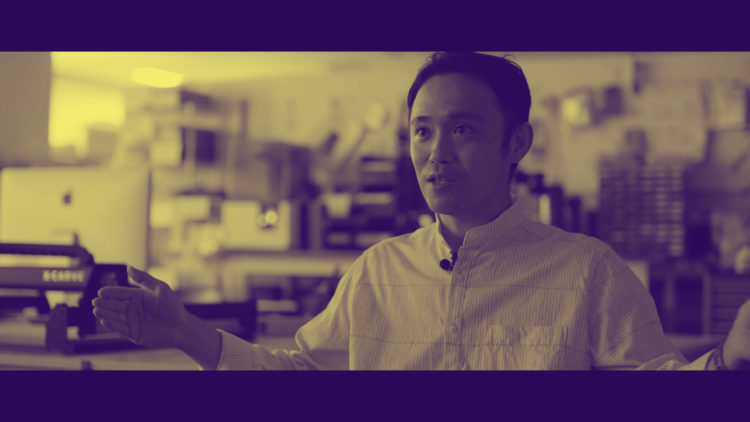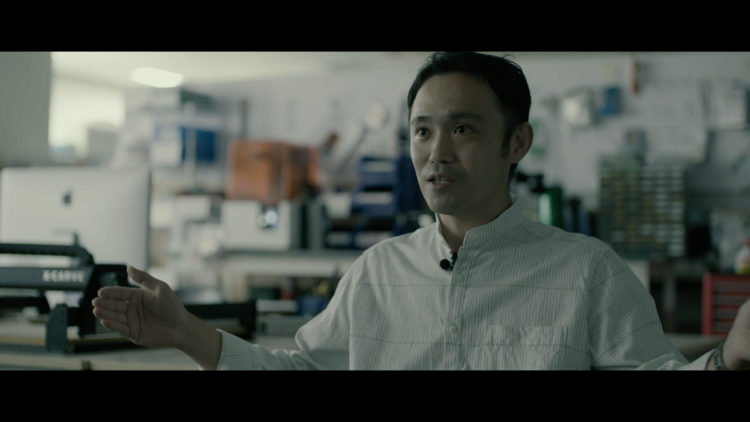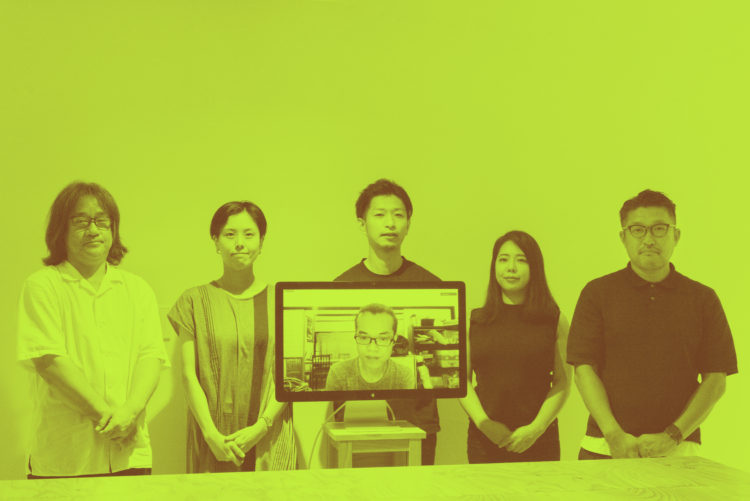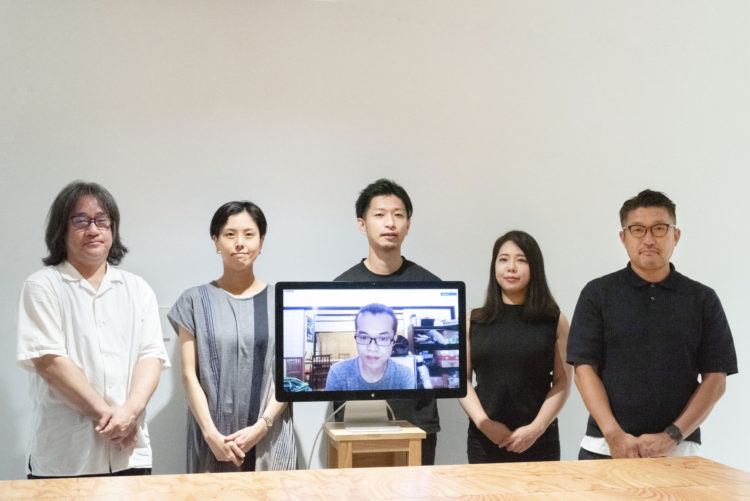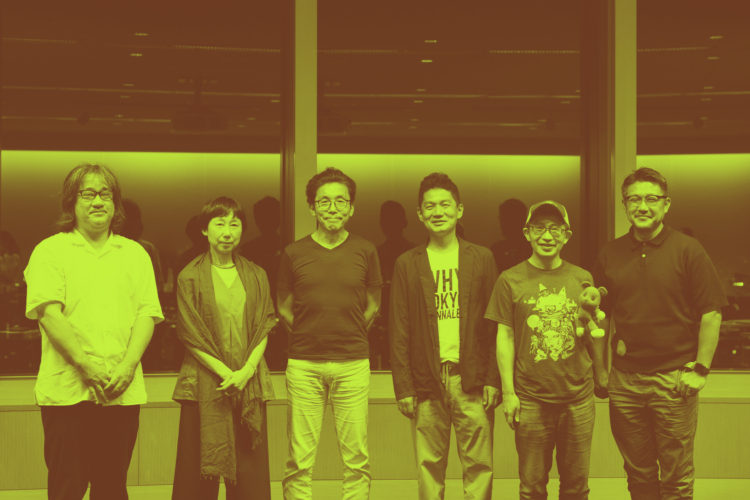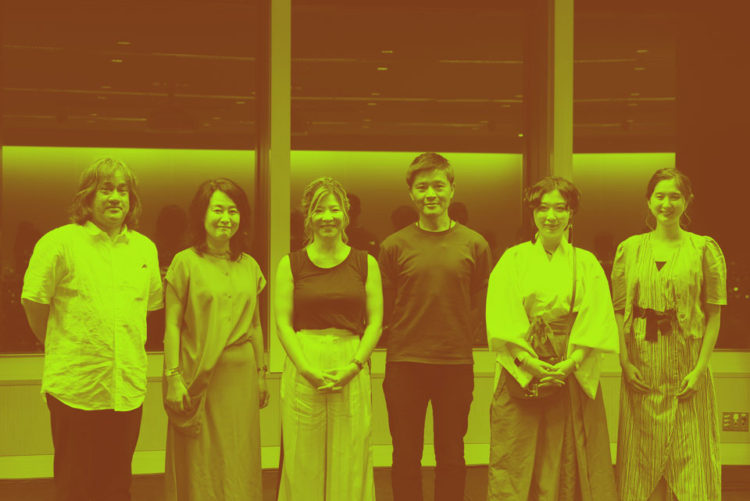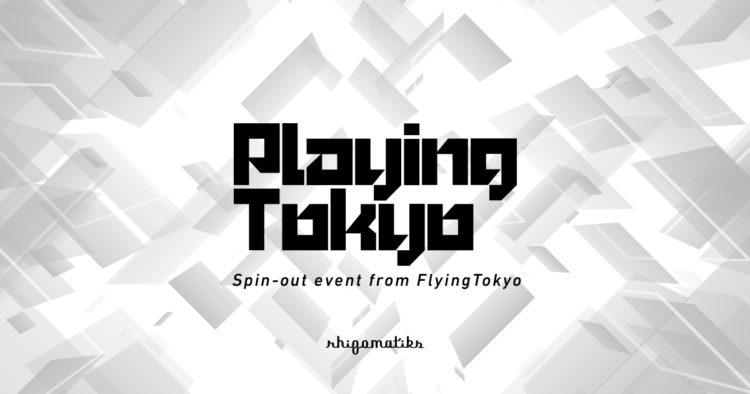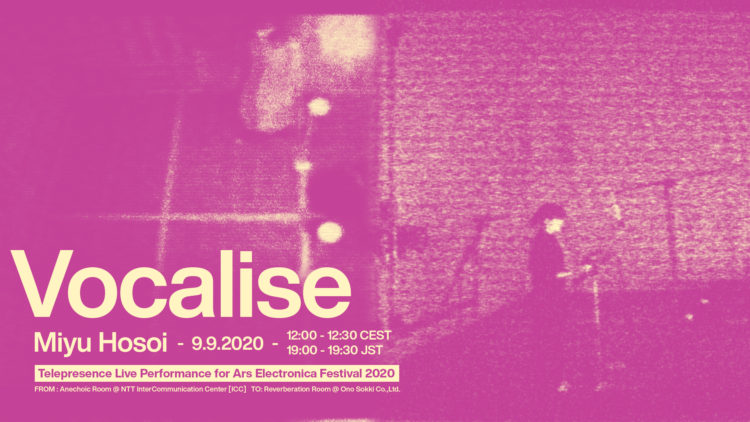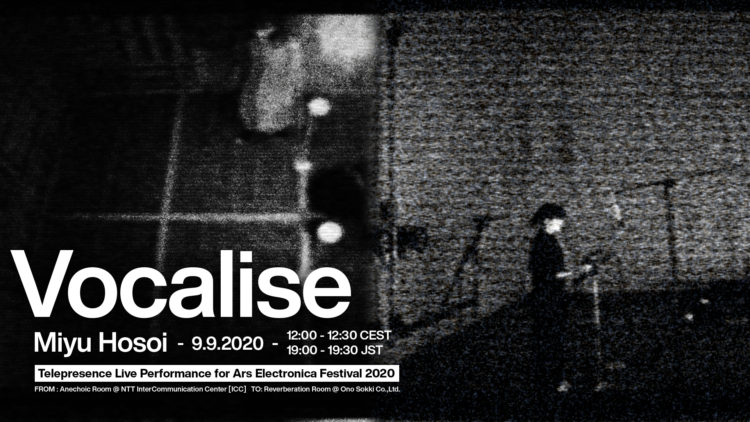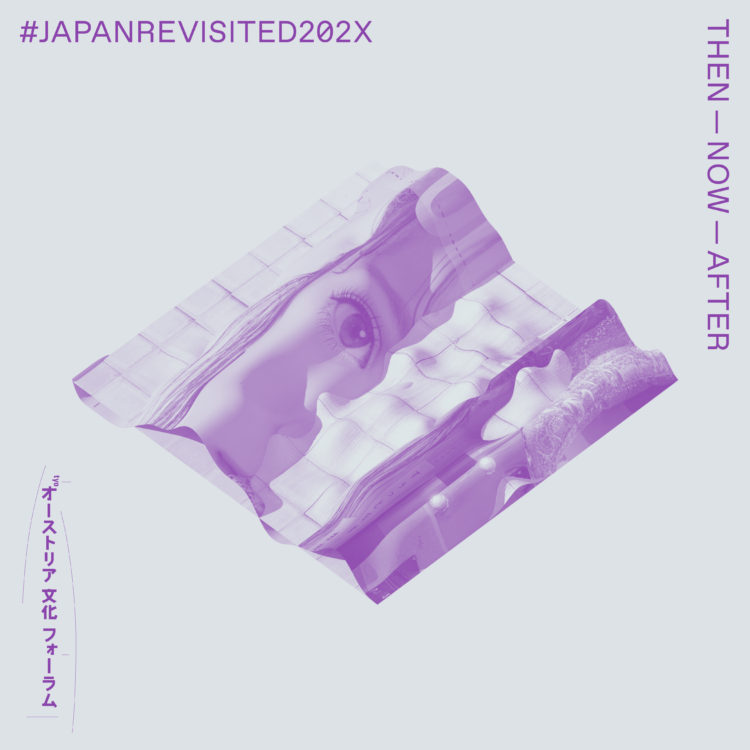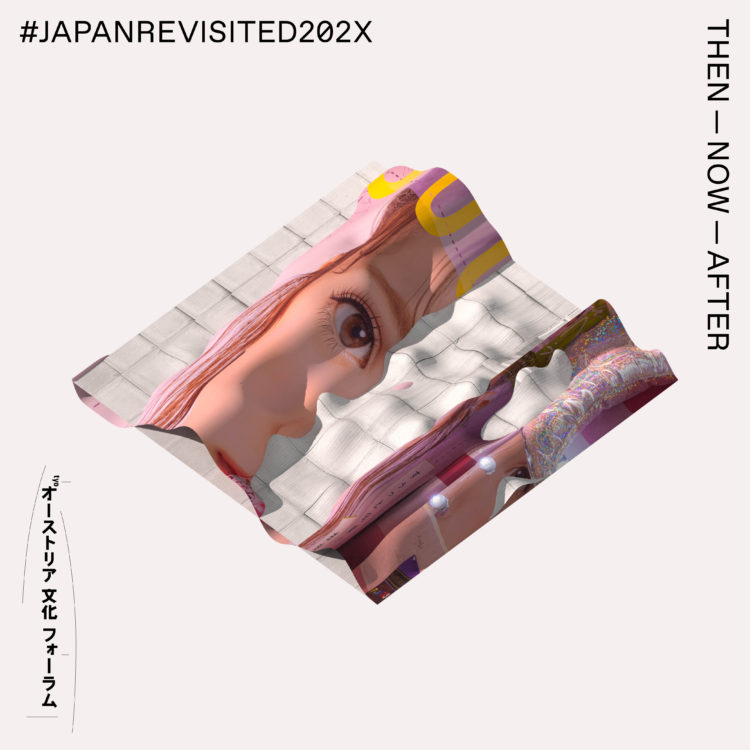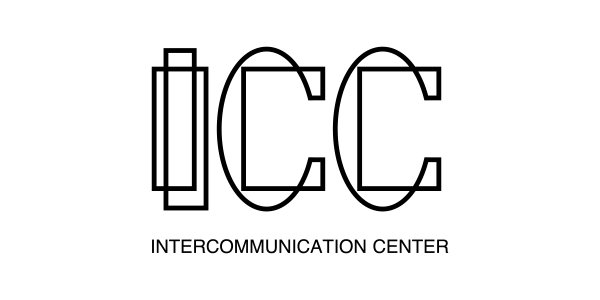TALK
Rewinding the History of Japanese Media Art
Speaker: Ai Hasegawa (JP), Akinori Goto (JP), Ken Furudate (JP), Michiko Tsuda (JP)
Moderator: Minoru Hatanaka (JP), Seiichi Saito (JP)
- Description
- What has influenced the media art in Japan today?
For those leading media artists in Japan today, how did they trace industry's history?
Since the 2010s, media art has, to a certain extent, already been integrated into our daily lives as a general design. In each of these eras, prominent artists who embody media art have emerged. New situations and new definitions of artist are presented by such artist.
Last year we gave a presentation at Ars Electronica on "The History of Media Art in Japan," the talk was mainly about the Experimental Studio and the 1960s, and there was no time to talk about the 1990s and beyond, so this time we decided to focus on the 80s and 90s (after ICC). We would focus on the influence of techno culture such as YMO in the 80s, followed by the industrial scene after the 80s with the artists who were influenced by such era.
We would look into the generational layers of Japanese media art since the 1980s, with artists such as Masaki Fujihata and Toshio Iwai, Seiko Mikami and Dumb Type, Kazuhiko Hachiya and Maywa Denki, and Exonemo and Ryota Kuwakubo.
- Director’s message
- The history of Japanese media art is very diverse and profound, and it has found various new frontiers. This talk session explores the history of modern Japanese media art in reverse chronological order.
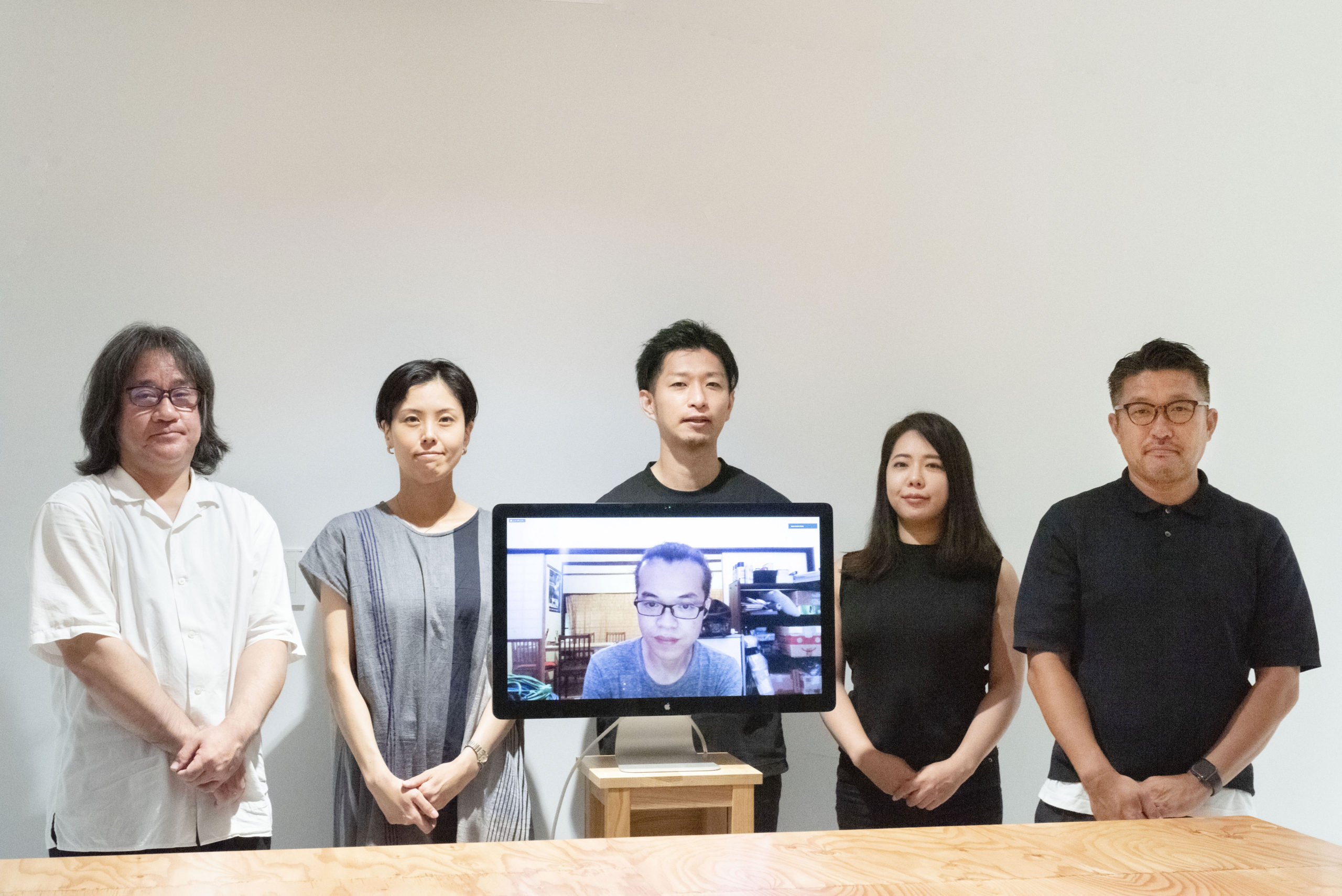
© Yudai Kusano
From the left: Minoru Hatanaka, Michiko Tsuda, Akinori Goto, Ai Hasegawa, Seiichi Saito, Ken Furudate (attended the talk session via video conference tool)
Profile
-
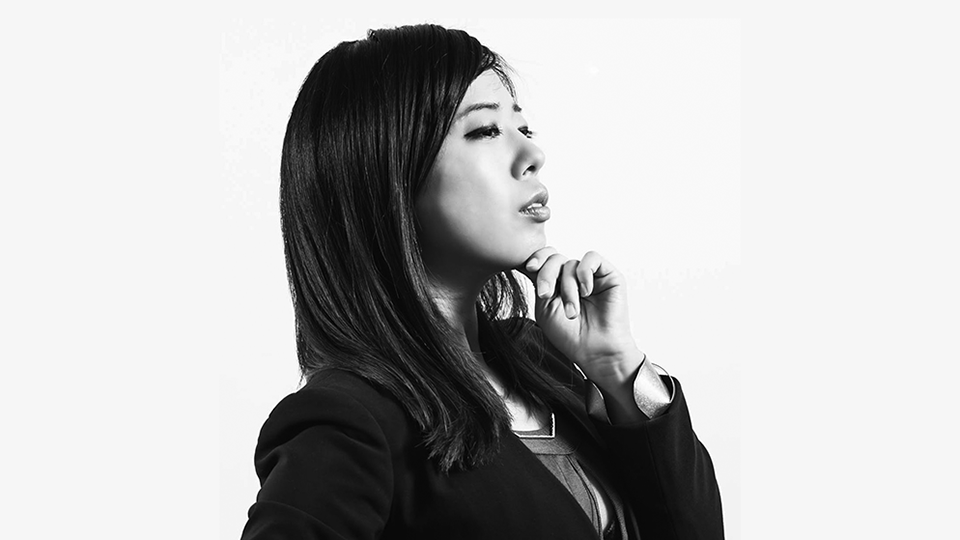
Ai Hasegawa (JP)
Artist
Using bio-art, speculative design, design fiction, and other methods, Ai creates works that delve into the issues underlying society today, using biological issues and advances in science and technology as motifs for her work. After graduating from IAMAS, she moved to the U.K. In 2012, she received an MA from the Royal College of Art in the U.K. From 2014 to fall 2016, she was a researcher at the MIT Media Lab, where she received an MSc. From 2017 to March 2020, she worked as a specially appointed researcher at the University of Tokyo, and from fall 2019, she was a part-time lecturer at Waseda University. She has exhibited numerous times at home and abroad, including Shanghai Modern Art Museum, Mori Art Museum, Israel Holon Design Museum, Milan Triennial, Ars Electronica, etc. She is the author of "How to Become a Revolutionary in 20XX - The Lessons of Speculative Design" (BNN Shinsha) and other books. -
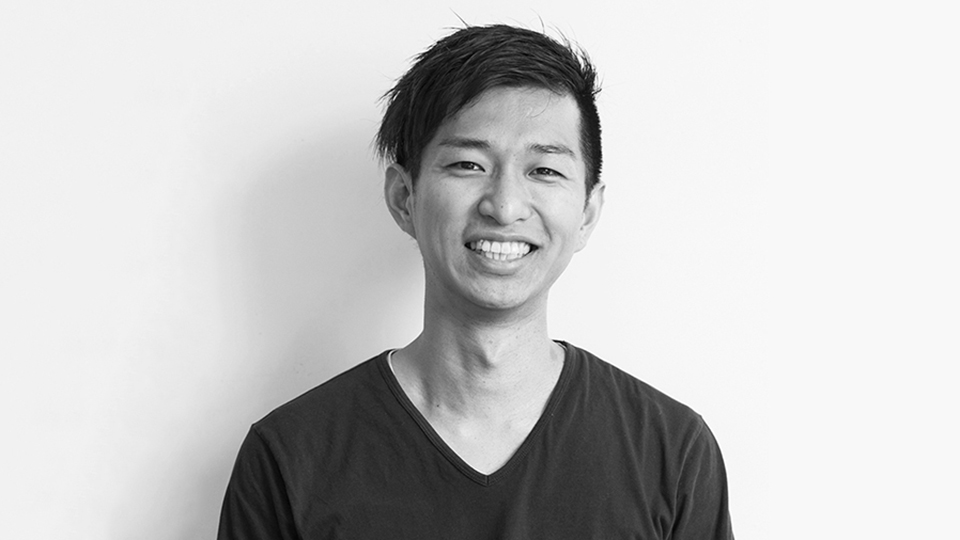
Akinori Goto (JP)
Artist
Born in Gifu Prefecture in 1984, GOTO is an artist and senior lecturer in Musashino Art University’s Department of Visual Communication Design. Has been revisiting old existing techniques and media, with a focus on phenomena that emerge out of their combination with present-day technologies, and on the relationship between physical and digital. Major recent exhibitions he has been featured in include Ars Electronica Festival 2019 (Austria), Japan Media Arts Distributed Museum (Naha Airport), and The Doraemon Exhibition (Japan). -
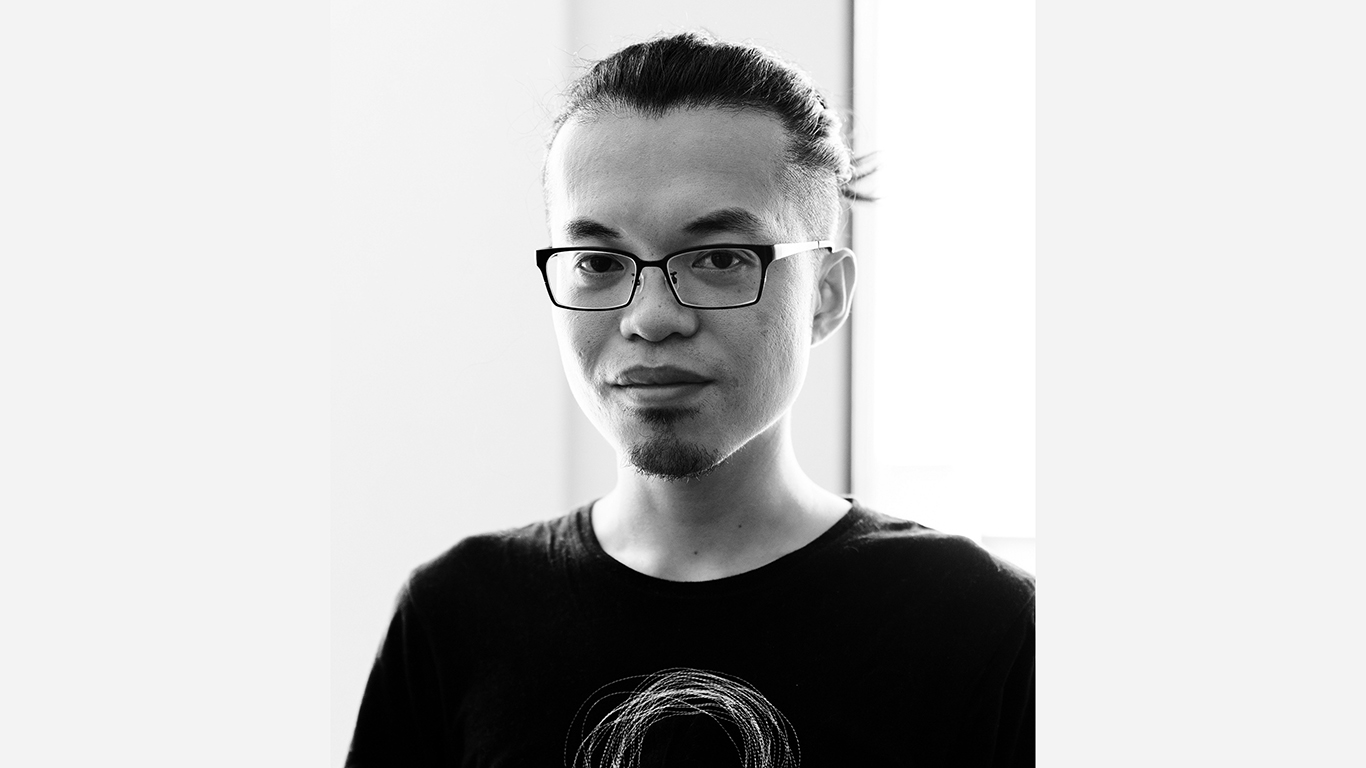
Ken Furudate (JP)
Artist/Musician/Engineer
Born in 1981 in Kanagawa, based in Kyoto. Using technologically minimal elements such as sine waves, electronic pulses and simple noise functions, he presents works in the form of installations and live performances that create complex phenomena while emphasizing their properties. In addition to his personal activities, he has been co-hosting The SINE WAVE ORCHESTRA with three other members since 2002, and has been involved in many stage productions and installations by other artists as an engineer and collaborator since 2006. A member of Dumb Type since 2013. -
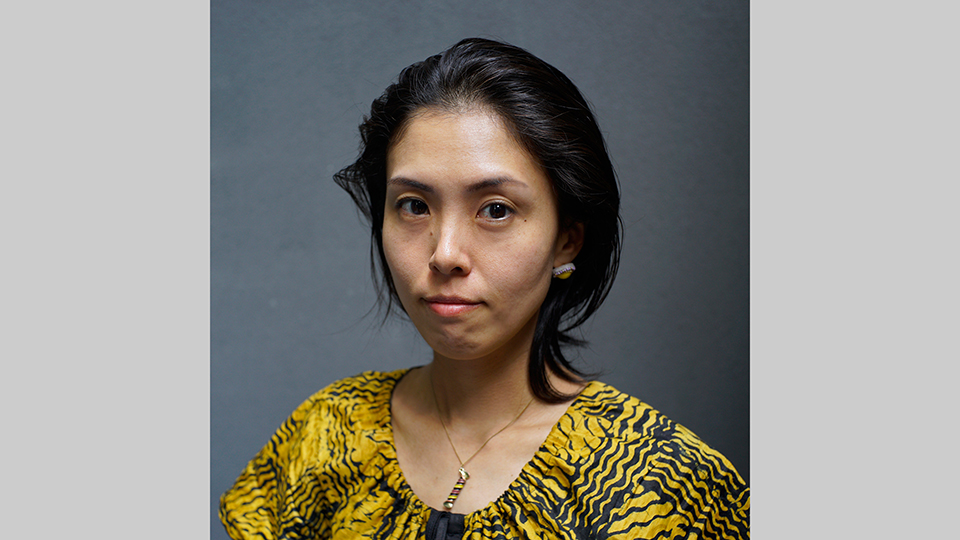
Michiko Tsuda (JP)
Artist
Born in 1980 in Kanagawa. Ph.D. Film and New Media Studies at the Graduate School of Film and New Media, Tokyo University of the Arts. Stayed in New York as grantee of the Asian Cultural Council (ACC) in 2019.
Tsuda focuses on creative work based on the characteristics of video. Performs as a unit “baby tooth” with Megumi Kamimura. Recent group exhibitions include “Inter+Play: Arts Towada 10th Anniversary Exhibition Part 1” (Towada Art Center, Aomori) in 2020, “Aichi Triennale 2019 : Taming Y/Our Passion” (Ito Residence, Aichi), “Roppongi Crossing 2019: Connexions” (Mori Art Museum, Tokyo) in 2019, “Open Space 2016: Media Conscious” (NTT InterCommunication Center [ICC], Tokyo) in 2016. Solo exhibitions include “Trilogue” (TARO NASU, Tokyo) in 2020, “Observing Forest” (Zarya contemporary art center, Vladivostok) in 2017. -
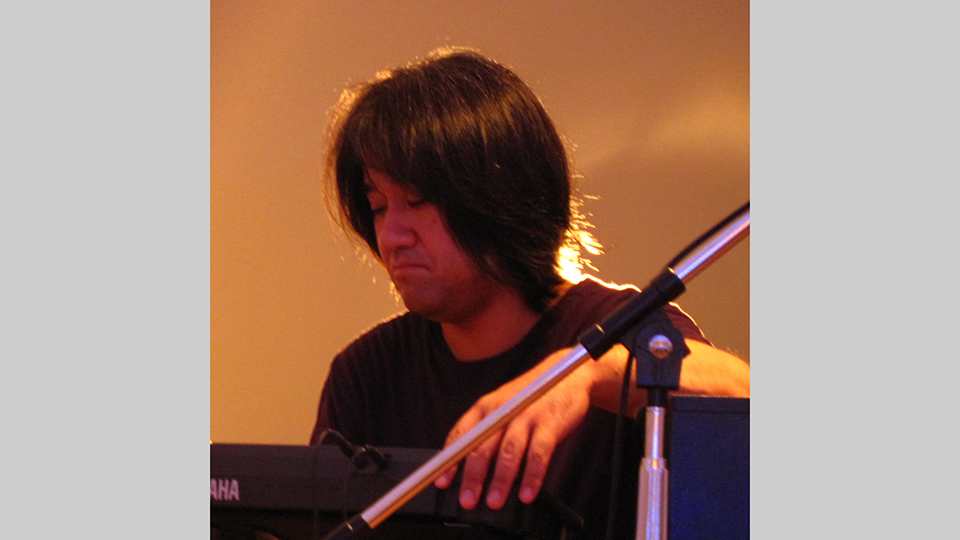
Minoru Hatanaka (JP)
Curator
Born in 1968. Chief curator at the NTT InterCommunication Center [ICC], and has been involved with the ICC since its opening in 1996. Since the "Sound Art- Sound as Media" exhibition in 2000, he has been involved in "Sounding Space" (2003), "Silent Dialogue" (2007), "Vibrations of Entities" (2010), "[Internet Art Future]—Reality in Post Internet Era" (2012), “SAKAMOTO Ryuichi with TAKATANI Shiro | Installation Music 2 IS YOUR TIME” (2017). He has also produced exhibitions of artists such as Dumb Type (2002), Kazuhiko Hachiya (2006), Rhizomatiks (2013), and Arata Isozaki (2013). He also writes about art and music. -
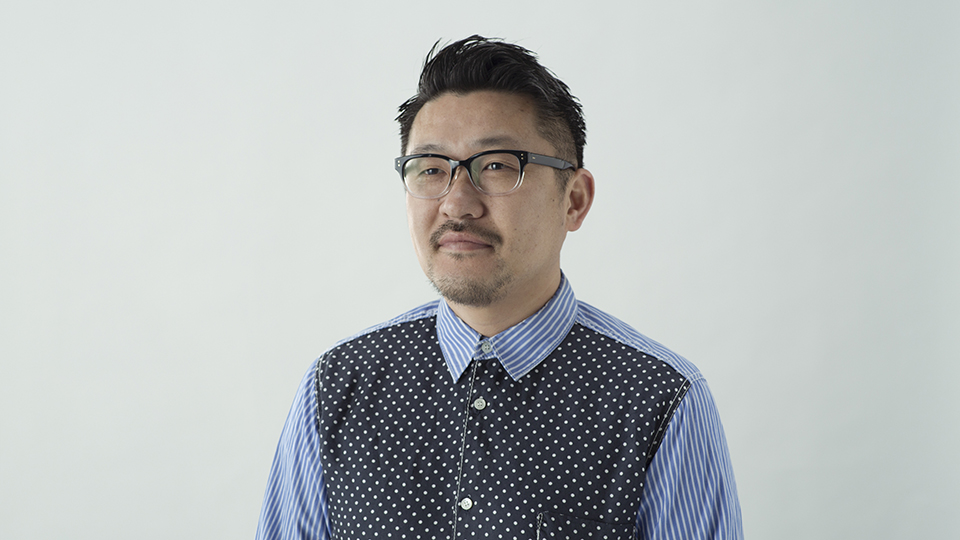
Seiichi Saito (JP)
Creative Director, Rhizomatiks
Born in Kanagawa in 1975, Saito began his career in New York in 2000 after graduating from Columbia University with a Master of Science degree in Advanced Architectural Design (MSAAD).
Since then, he has been active in creative work at the Arnell Group, and returned to Japan upon being selected for the Echigo-Tsumari Art Triennial event.
He produces works in the commercial art field which are three-dimensional and interactive while also being based on the firm grounding in logical thought that he cultivated through architecture.
Saito has won numerous international awards since 2009. Launched Rhizomatiks Co.,Ltd. in 2006. Since 2016, he serves as director of Rhizomatiks Architecture.
Vice Chairman of Good Design Award 2018-19. Creative Adviser of 2020 Dubai Expo Japan pavilion. An expert for the People's Living Lab Promotion Council for Expo 2025 Osaka, Kansai, Japan.
Credit
- NTT InterCommunication Center [ICC]
-
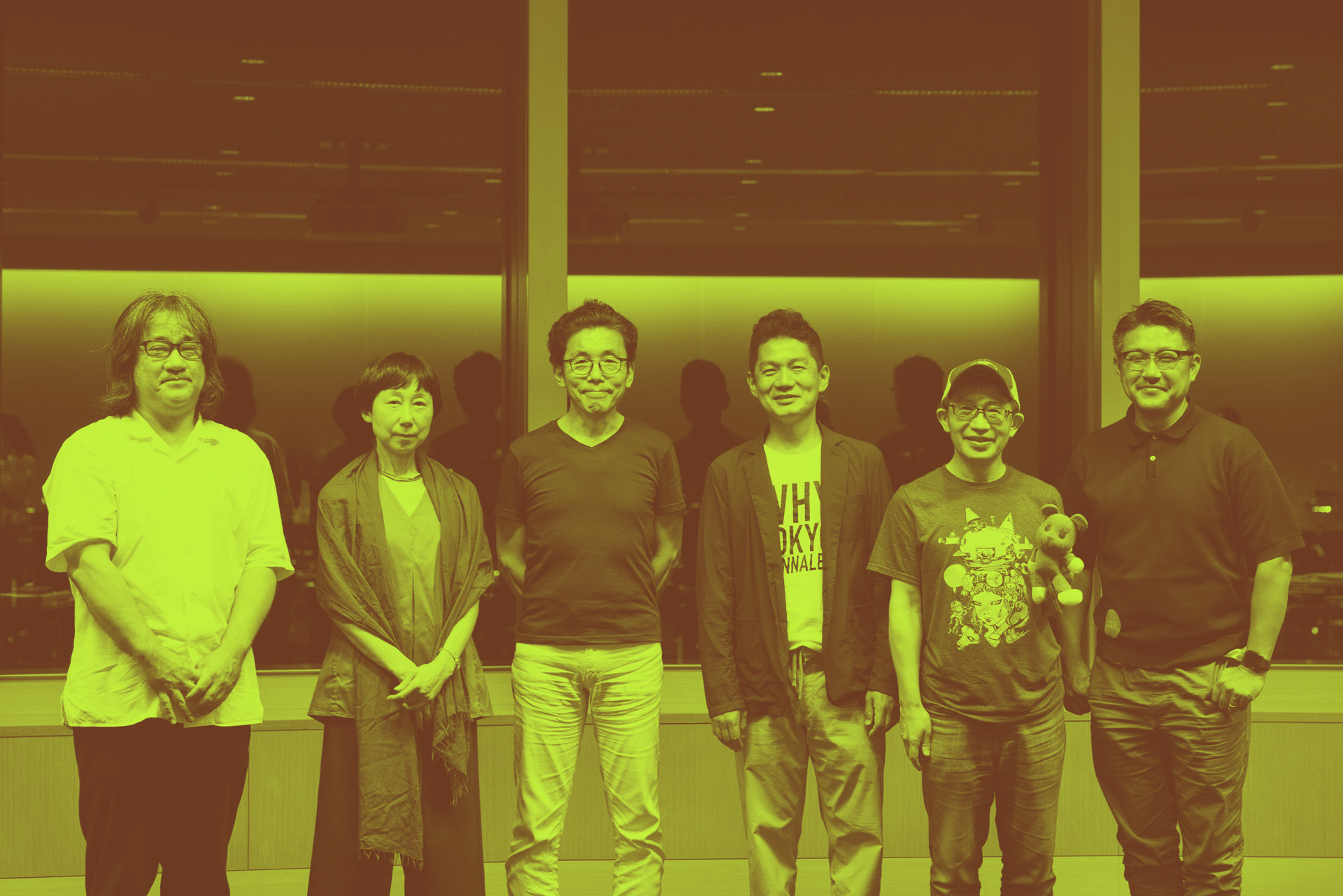
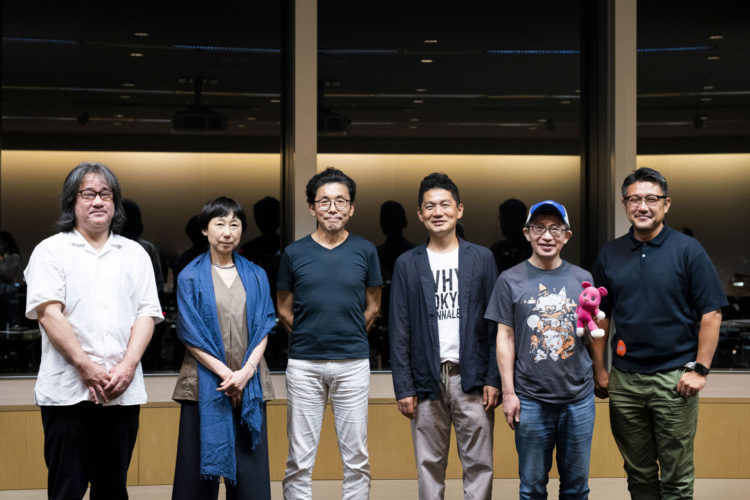
Museum inside Network 91 Revisited
Speaker: Akihiro Kubota (JP), Kazuhiko Hachiya (JP), Koichiro Eto (JP), Yukiko Shikata (JP)
Moderator: Minoru Hatanaka (JP), Seiichi Saito (JP) -
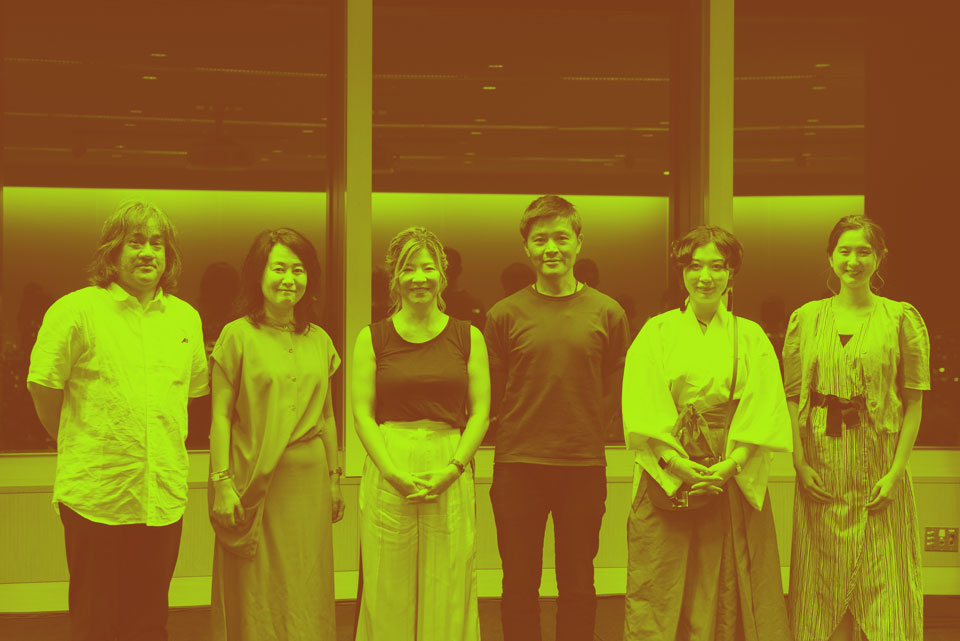
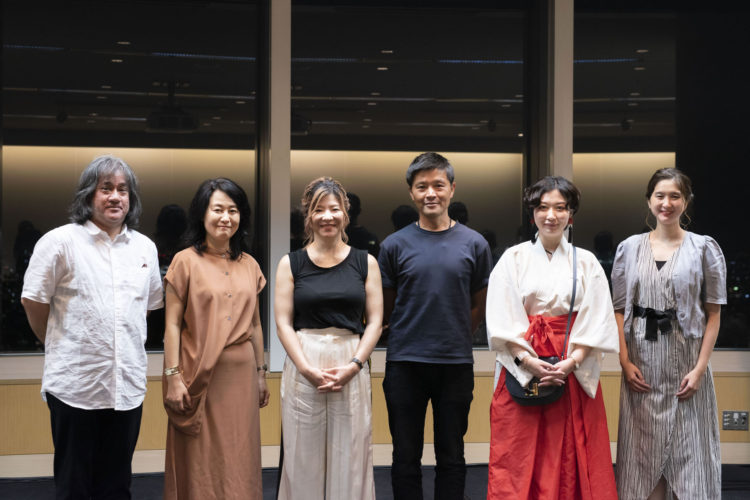
Role of Media Art
Speaker: Etsuko Ichihara (JP), Nao Tokui (JP), Natsumi Wada (JP), Shiho Fukuhara (JP)
Moderator: Asako Tomura (JP), Minoru Hatanaka (JP)

